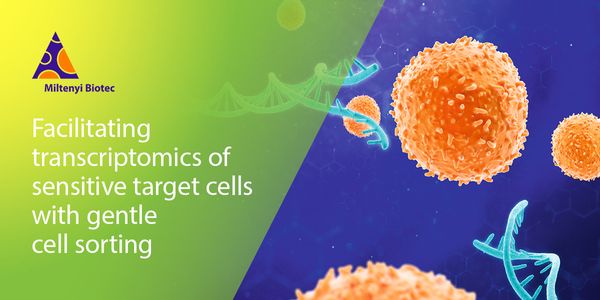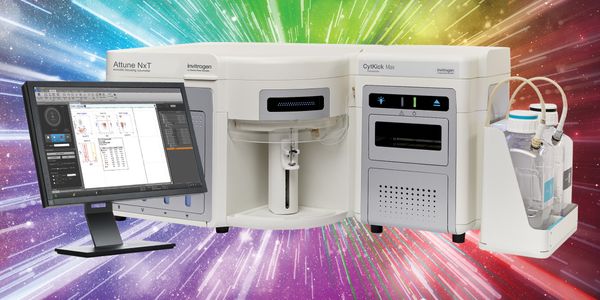Human research
Human research is scientific research conducted with human subjects in an effort to improve health. Human research can involve people directly, but it can also utilize specimens or data from people. Research can be aimed at developing a new drug or therapy or improving a diagnostic or therapeutic technique.
-
MAR 25, 2021 | 10:00 AMDate: March 25, 2021 Time: 10:00am (PST), 1:00pm (EST) Linus Pauling not only won two Nobel prizes, he opened up a new field of research when he reported the first microanalysis of human bre...Learning Objectives: 1. Participants will understand how cannabis works with the Endocannabinoid system and what is the Endocannabinoid system 2. Participants will understand how cannabis is...Speaker: Dr. Uma Dhanabalan, MD MPH FAAFP MRO CMSPresented at: Cannabis Sciences Virtual Event Series 2021
MAR 24, 2021 | 8:00 AM
Date: March 24, 2021 Time: 08:00am PDT The liver is responsible for many metabolic, endocrine and exocrine functions. Approximately 2 million deaths per year are associated with liver failur...
The utilization of high fidelity long read sequencing is critical for the resolution of repetitive genomes. Cannabis sativa is known to be diploid (2n=20), 70% repetitive, 64% AT rich and 1%...
Genetics may influence experience with cannabis and CBD. With increased access to legal cannabis and the research community expanding their focus on the medicinal uses of cannabinoids, more...
MAR 18, 2021 | 8:00 AM
DATE: March 18, 2021 TIME: 8:00am PDT Sequencing of bulk cells, single cells, and nuclei is opening doors in the understanding of complex biological processes....
MAR 17, 2021 | 8:00 AM
Date: March 17, 2021 Time: 08:00am (PST) Research focused on SARS-CoV-2 has become a primary focus in genomic and molecular biology fields. With a constantly changing field with new methods...
With an introduction by Sarah Warren, the Senior Director of Translational Science, this webinar will open by providing a brief technology overview of NanoString Technologies. Dr. Warren wil...
Speaker:
Jason Frazier
, Sarah Warren, PhD
Presented at: Drug Discovery & Development Virtual Event Series 2021
Sponsored By: NanoString Technologies
Sponsored By: NanoString Technologies
FEB 24, 2021 | 10:00 AM
DATE: February 24, 2021 TIME: 10am PST Automated lab instruments such as liquid handlers and cell sorters are increasingly common in all types of laboratories, driving fast results for labor...
FEB 24, 2021 | 7:00 AM
Date: February 24, 2021 Time: 7:00am (PST) Nucleotide variants can cause functional changes by altering protein–RNA binding in various ways that are not easy to predict. This can affec...
As pharmaceutical companies have reduced or eliminated neuroscience drug development due to high costs and low approval rates, the economic and healthcare burden of CNS disorders in the Unit...
There are approximately 2000 distinct lipids which are believed to influence health and disease in humans. Their molecular interplay with genes, proteins and metabolites is strongly affected...
The concept of the 3Rs remains more prevalent than ever in global discussions related to humane animal use in aspects of research, teaching and testing. The 3Rs serve as a touchstone, in ter...
Speaker:
F. Claire Hankenson, DVM, MS, DACLAM
Presented at: Laboratory Animal Sciences Virtual Event Series 2021
FEB 10, 2021 | 8:00 AM
Date: February 10, 2021 Time: 8:00am (PST), 11:00am (EST) Uncovering the interactions between the immune system and cancer cells or pathogens is key for understanding and controlling both ca...
Maintaining the 3R’s is a critical component of establishing effective training to researchers and others working with animals. Training in a virtual setting easily allows for reductio...
Speaker:
Jessica Stukes
, Kiirsa Pokryfke, M.S., C.M.A.R. Managing Director Training Core
Presented at: Laboratory Animal Sciences Virtual Event Series 2021
























